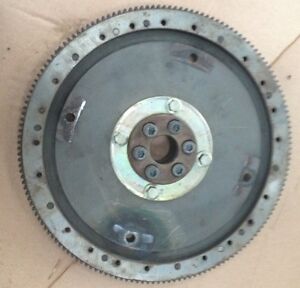Datatek
Well-Known Member
- Posts
- 46,603
- Location
- Near Poitiers SW France
There are more errors in Wikipedia than in RAVE, I have corrected quite a few, RAVE is correct in this instance but you have clearly never had a flywheel/flex plate assembly in your hands and you obviously, as you say,do not like been corrected.Ha someone doesn't like being corrected i see.
Well tbf it's no skin off the proverbial.
The RAVE drawing is clear, explicit and correct.


